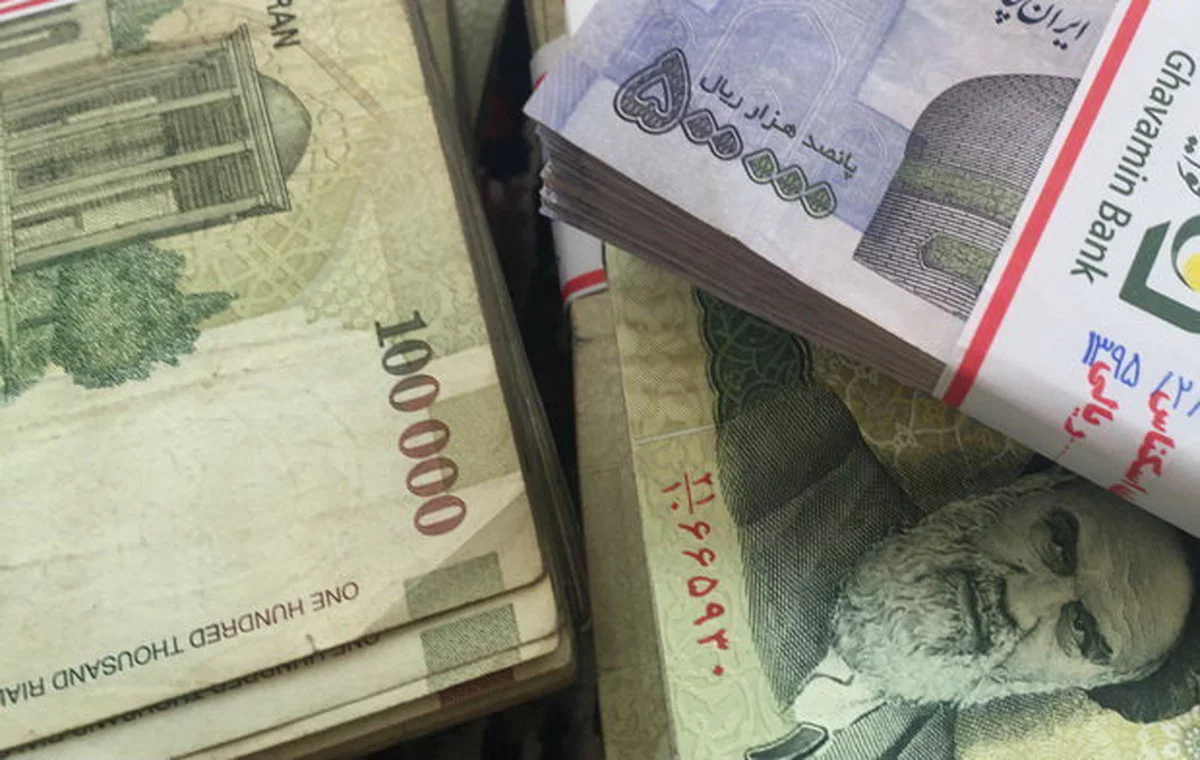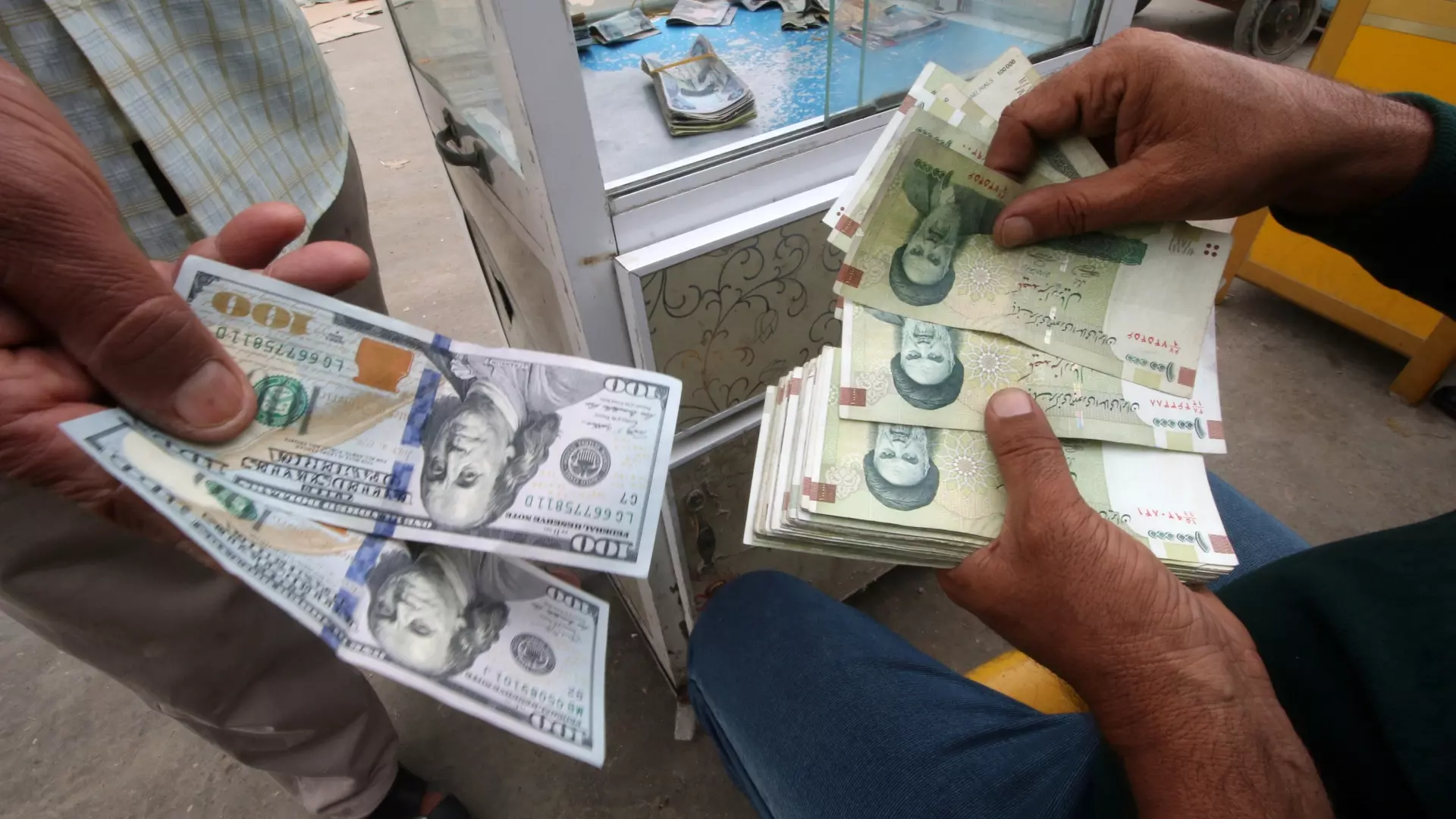Currency is an essential aspect of travel and can greatly impact your experience in a foreign country. Whether you’re exploring bustling cities or remote villages, having the right currency can make all the difference. It’s important to research the local currency before traveling to Iran and to have a clear idea of your budget, including the cost of accommodations, food, transportation, and activities. Overall, understanding the Iranian currency is an important aspect of travel to the country, and planning ahead can help ensure a smooth and enjoyable trip.
Check out the latest private tours in Iran
What is the official currency of Iran?
The official currency of Iran is the Iranian Rial (IRR), which is used by locals and tourists alike for daily transactions. The Iranian Rial has gone through significant devaluation in recent years due to inflation and international sanctions. It’s important to note that due to sanctions, some international banks may not be able to conduct transactions with Iran, which can limit the availability of foreign currency in the country. Travelers to Iran are advised to bring cash in US dollars or euros, which can be exchanged for Iranian Rials at authorized banks or exchange offices. It’s recommended to be cautious of currency scams and to compare exchange rates before exchanging money. Despite the challenges, the Iranian Rial remains the only legal currency in the country and is an essential aspect of daily life for Iranians.

Where can I exchange money in Iran?
If you’re traveling to Iran, you may be wondering where you can exchange money. The official currency in Iran is the Iranian Rial (IRR), and it’s important to note that credit cards are not widely accepted in the country. However, exchanging money is relatively easy and there are several places where you can do so.
1. Banks
Banks are the most reliable places to exchange money, with branches located in most major cities. Although the exchange rate is usually lower than the market so it’s not recommended to exchange your money in Iranian banks.
2. Airports
There are several banks and reputable money exchangers stationed at the entrance and exit of the International Iranian Airports ready to provide money exchange service to passenger.
3. Exchange offices
Exchange offices, or “Sarrafi,” are also available in tourist areas and offer competitive rates. Be sure to check the exchange rate before exchanging your money and compare rates between different banks or exchange offices.
4. Hotels
Some hotels may also offer currency exchange services, but it’s important to note that their rates may not be as favorable as those offered by exchange offices.
Overall, it’s recommended to exchange money at authorized locations and to be cautious of currency scams.
What is the exchange rate for Iranian Rial to US dollar?
The exchange rate for Iranian Rial to US dollar varies on a daily basis due to fluctuations in the foreign exchange market. However, you can check the up to date rate on TGJU or BonBast.
It is important to note that exchange rates are subject to change and may vary depending on the location and method of exchange. It is recommended to check with authorized exchange offices or banks for the latest exchange rates before conducting any transactions.
What are the denominations of Iranian Rial banknotes and coins?
The Iranian rial (IRR) is divided into banknotes and coins, with the banknotes being the most commonly used. The banknotes come in denominations of 1,000,000, 500,000, 100,000, 50,000, 20,000, 10,000, and 5,000, rials. The coins come in denominations of 5,000, 2,000, and 1,000 rials. However, due to inflation and the decreasing value of the Iranian rial, the 1,000 and 5,000 rial coins are rarely used in circulation. When traveling to Iran, it is recommended to have a mix of banknotes and coins in smaller denominations for ease of transactions.
Are credit cards accepted in Iran?
Credit cards are not widely accepted in Iran due to international sanctions, which prevent many international banks from doing business with Iranian financial institutions. While some hotels and upscale restaurants in major cities may accept credit cards, it’s recommended to always carry cash when traveling to Iran. In addition, ATMs do not accept foreign cards, so it’s important to plan ahead and bring enough cash for your trip. Despite the challenges of using credit cards in Iran, the country offers plenty of unique and affordable experiences that can be enjoyed with cash, including exploring ancient sites, shopping at bustling bazaars, and sampling delicious Persian cuisine.
Can I use foreign currency in Iran?
Foreign currency such as US dollars and euros are widely accepted in Iran, especially in tourist areas and hotels. However, it is important to note that the official currency of Iran is the Iranian rial (IRR), and most transactions are conducted in rials. When using foreign currency, the exchange rate may not be favorable and vendors may charge higher prices. It is recommended to exchange foreign currency for Iranian rials at authorized exchange offices or banks for the best exchange rates. Travelers to Iran are also advised to carry cash in US dollars or euros, which can be exchanged for Iranian rials at banks or exchange offices.
How to avoid currency exchange scams in Iran?
- When exchanging currency in Iran, it is important to be aware of potential scams. One common scam is offering a higher exchange rate than the official rate, which may seem like a good deal but could result in receiving counterfeit bills or being shortchanged. To avoid this, it is recommended to exchange currency at authorized exchange offices or banks, which will offer the official exchange rate.
- Another scam is offering to exchange money on the black market, which is illegal and could result in severe penalties. It is important to only exchange currency at authorized locations to avoid legal issues.
- Additionally, it is recommended to count the money received before leaving the exchange office or bank to ensure that the correct amount was received. By being cautious and only exchanging currency at authorized locations, travelers can avoid currency exchange scams in Iran.

How much money can I bring to Iran?
The amount of money that can be brought into Iran varies depending on the traveler’s nationality and the purpose of their visit. According to Iranian customs regulations, travelers are allowed to bring in up to 10,000 euros or its equivalent in another currency without declaring it. However, for amounts exceeding 10,000 euros, travelers are required to declare it to customs officials upon arrival. (There is a special form to fill in upon arrival). It is important to note that bringing large amounts of cash may raise suspicion and could result in further questioning by customs officials. It is recommended to bring a reasonable amount of cash and have access to other forms of payment such as credit cards. Overall, travelers should check with their embassy or consulate in Iran to ensure they are aware of the latest rules and regulations regarding the amount of money that can be brought into the country.
What is the difference between Iranian Rial and Toman?
The Iranian Rial (IRR) and the Toman are both currencies used in Iran, but there is a difference between them. The Toman is not an official currency, but rather a unit of measurement used in daily transactions. One Toman is equal to 10 Rials, meaning that prices are often quoted in Toman rather than Rials. For example, a price of 10,000 Toman is equivalent to 100,000 Rials. The Toman was used as the official Iranian currency until 1932 when it was replaced by the Rial. However, due to the large number of zeros in the Rial, the Toman is still commonly used in daily transactions. It is important to note that when conducting official transactions, such as exchanging money or paying taxes, the Iranian Rial is the only legal currency in Iran. While the Toman is not an official currency, it is a useful tool for simplifying transactions and making prices easier to understand.
Iranian prepaid debit cards for tourists
Iranian prepaid debit cards such as MahCard are designed for tourists and temporary visitors, the Iran tourist card is the smart alternative instead of carrying cash when visiting Iran. You can top-up your card in your preferred currency and convert it to Rials (IRR) using competitive exchange rates in Iran. Each card is personalized and offers the following benefits:
- Accepted Everywhere
- Reliable Exchange Rate
- Instant Charge/Top-up
- Cash Withdrawal
Some tips for money exchange in Iran
- Exchange currency at authorized exchange offices in Iran or Iranian banks to avoid scams and counterfeit bills.
- Check the official exchange rate before exchanging money to ensure you are getting a fair rate.
- Count the money received before leaving the exchange office or bank to ensure that the correct amount was received.
- Avoid exchanging money in Iran on the black market, which is illegal and could result in severe penalties.
- Bring a mix of banknotes and coins in smaller denominations for ease of transactions.
- Be aware that credit cards are not widely accepted in Iran, so it is important to have cash on hand for transactions.
- Declare amounts exceeding 10,000 euros or its equivalent in another currency to customs officials upon arrival.
- Check with your embassy or consulate in Iran to ensure you are aware of the latest rules and regulations regarding the amount of money that can be brought into the country.
- Be cautious when exchanging large amounts of money, as it may raise suspicion and could result in further questioning by customs officials.
- Keep your money and valuables safe by using a money belt or a secure location such as a hotel safe.
[/vc_column_text][/vc_column][vc_column width=”1/6″][/vc_column][/vc_row]


0 Comment